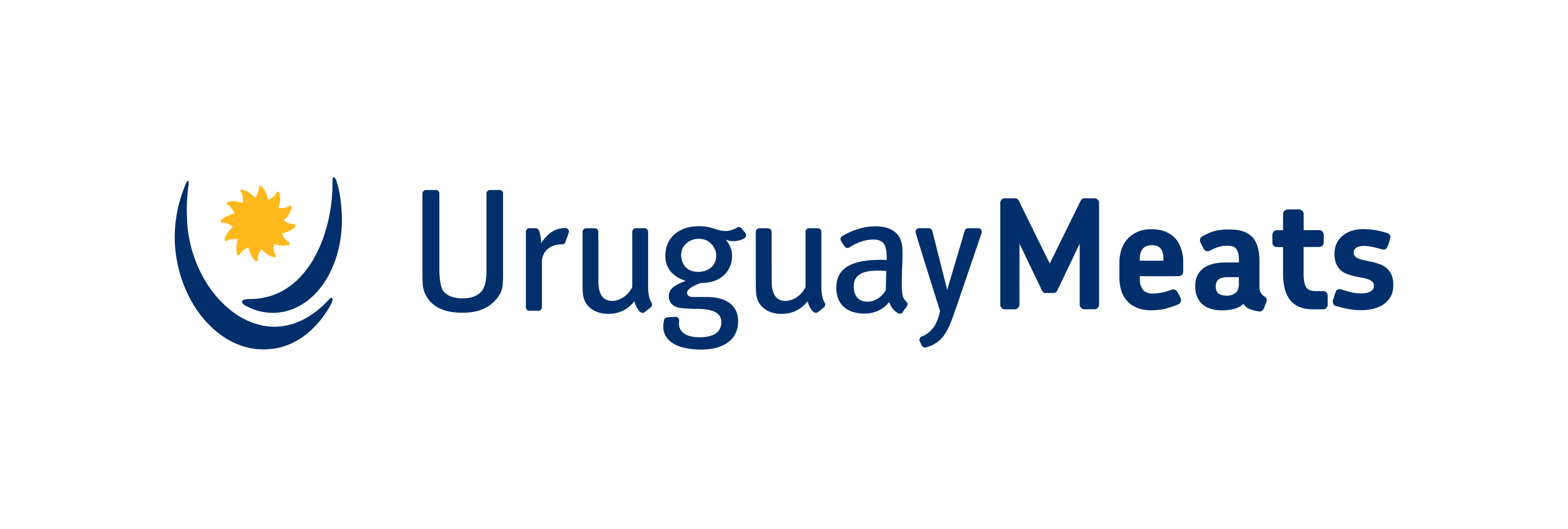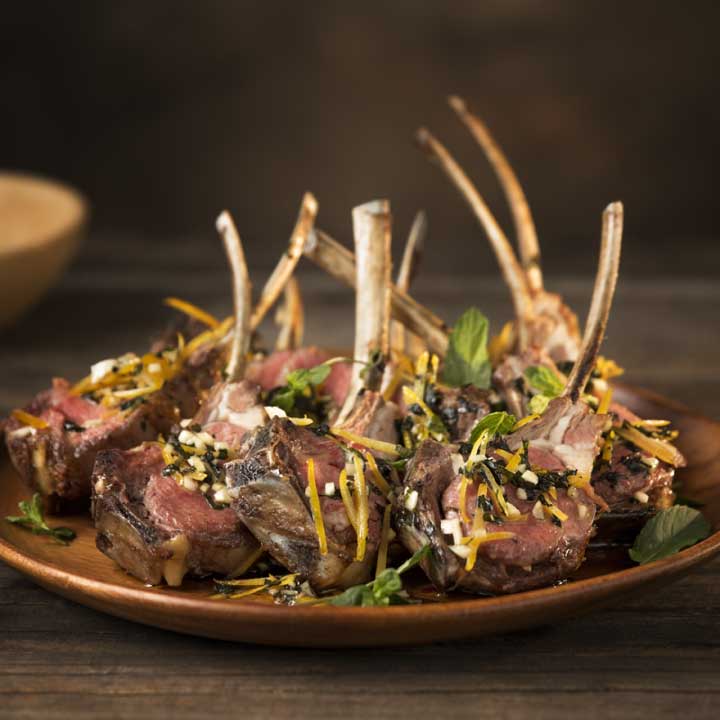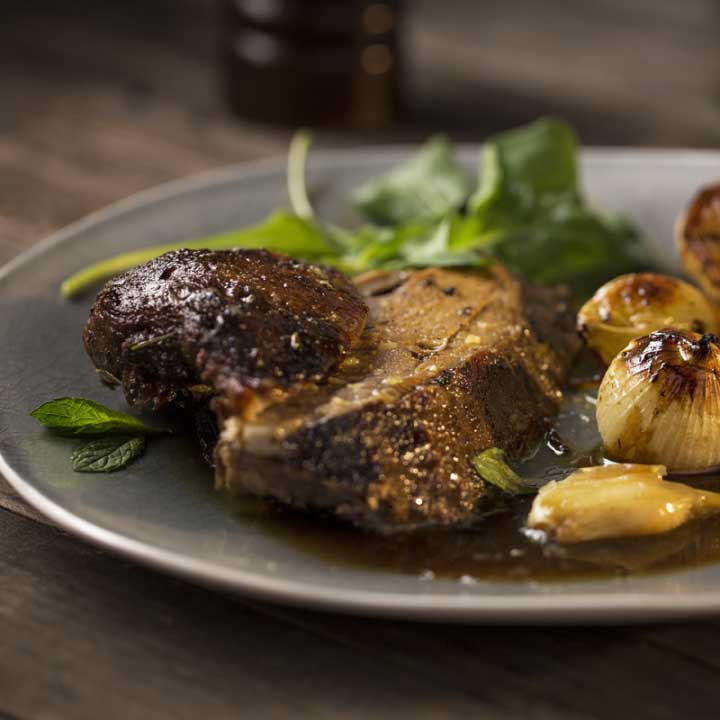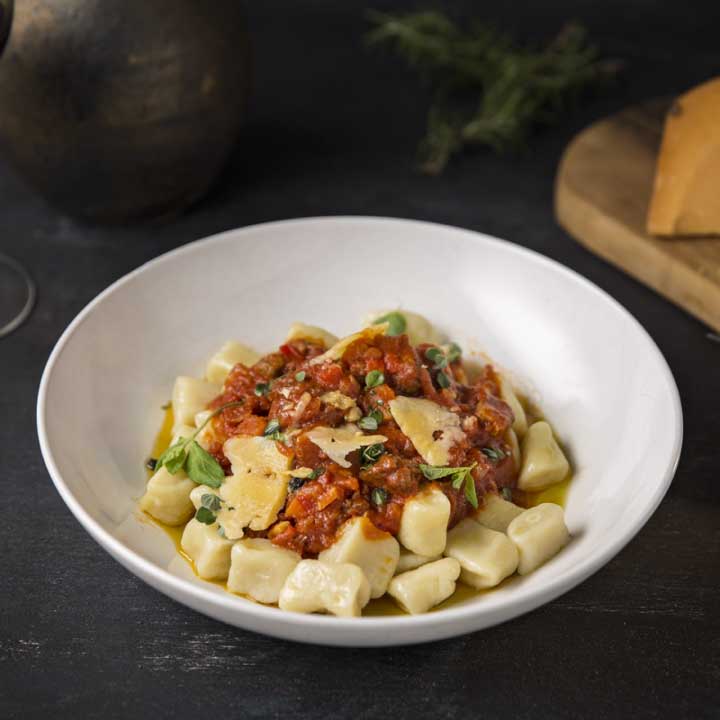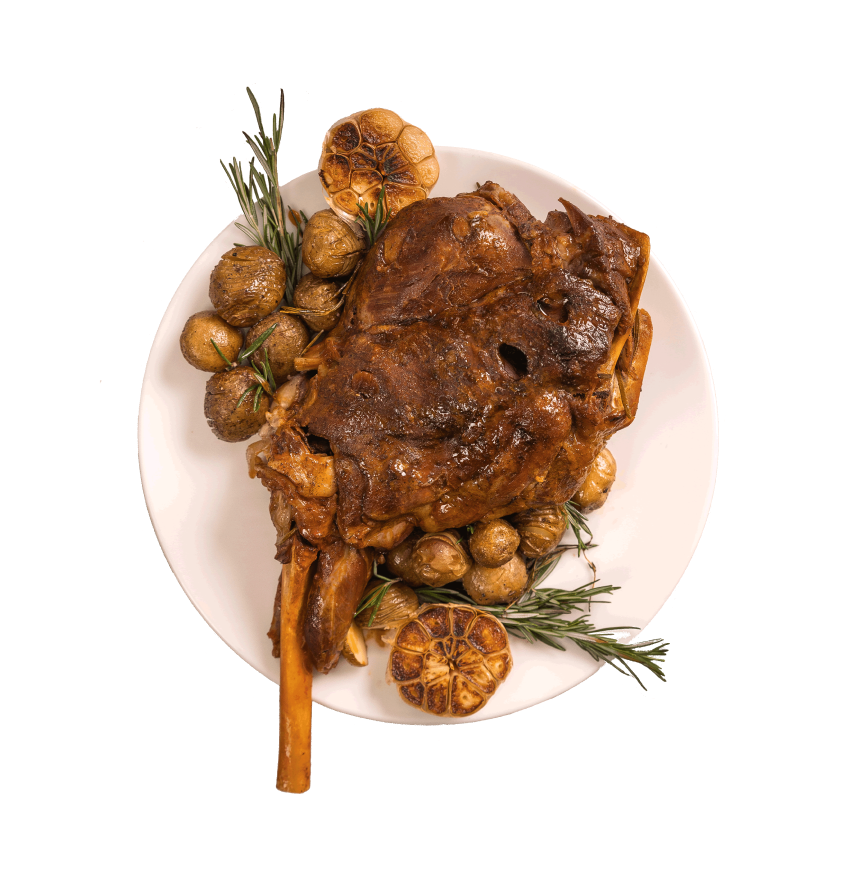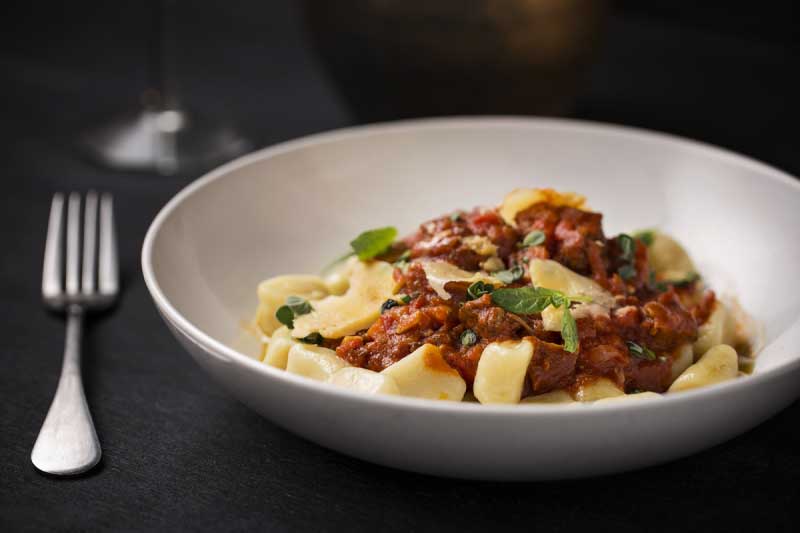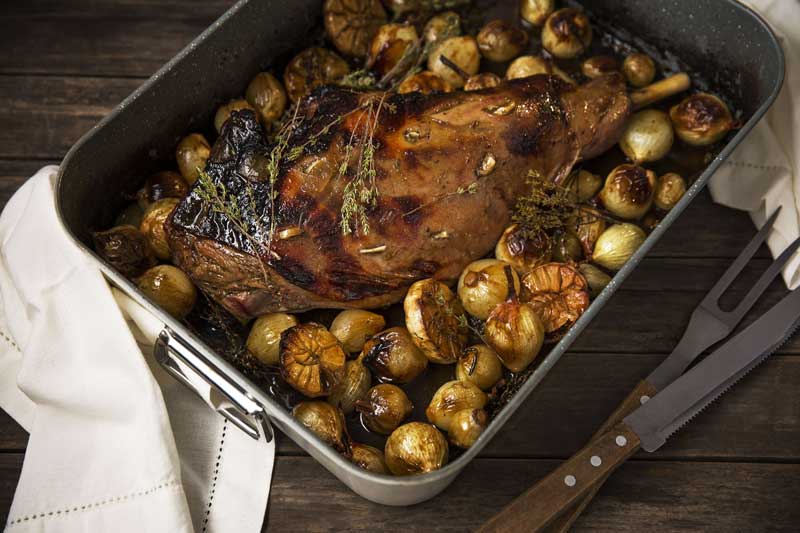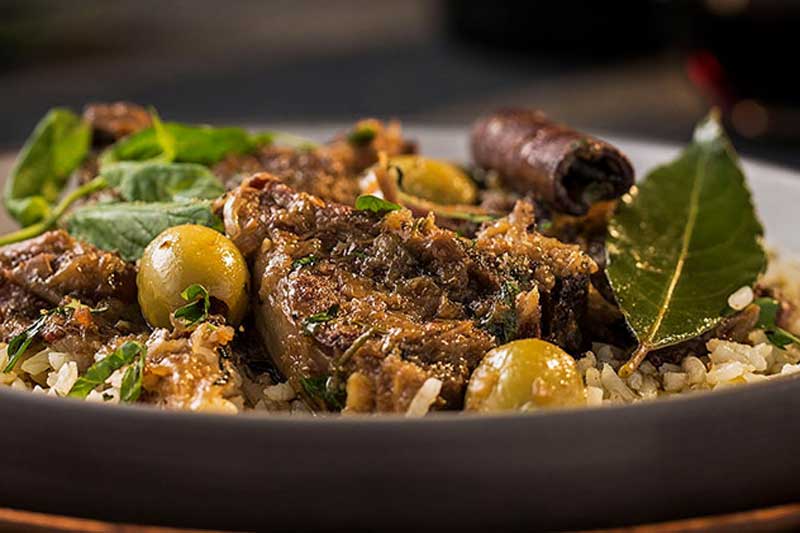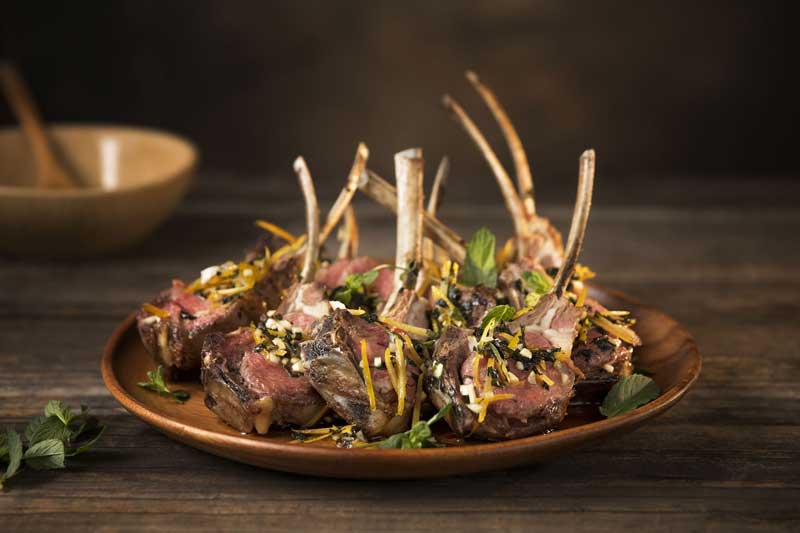LAMB
Nutritional values of lamb cuts
Interesting -albeit few- studies conducted in countries such as Uruguay, Brazil and Argentina describe the nutritional and sensory characteristics of this meat, highly appreciated in the region.
Protein: lamb meat is an excellent source of high quality protein. Proteins are essential for the growth, repair and maintenance of human tissues. With all the essential amino acids, approximately 20% of this meat contains high biological value protein.
Fat content: The fat content is highly variable, depending on the type of animal (breed), its diet and the cut itself (lean or higher fat content cut). Compared to other meats, lamb meat has a high proportion of saturated fatty acids that increase fat firmness (lamb fat is harder than bovine and suine fat). It also has an interesting amount of CLA and EPA fatty acids, as well as a good level of DHA (n-3 series polyunsaturated fatty acids), particularly in meats produced in Uruguay and Argentina.
(Characterization of the nutritional value of foods, December 2014 IICA-Procisur).
On the other hand, Uruguayan lamb has a higher content of α-linolenic acid (C18:3n3) than all European lambs. Other types of lambs (including Uruguayan heavy lamb) show a similar level of polyunsaturated fatty acids (Díaz et al., 2005). A-linolenic acid (C18:3n3, an Omega 3 family fatty acid) is an important contributor to the reduction of cardiovascular disease.
